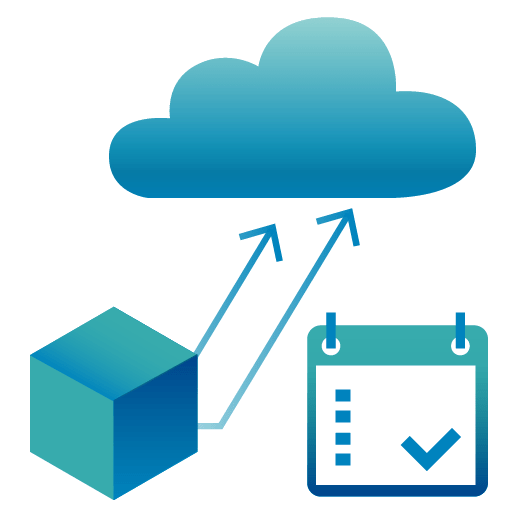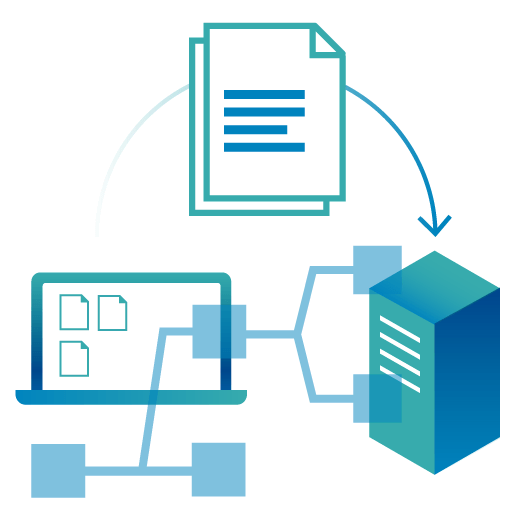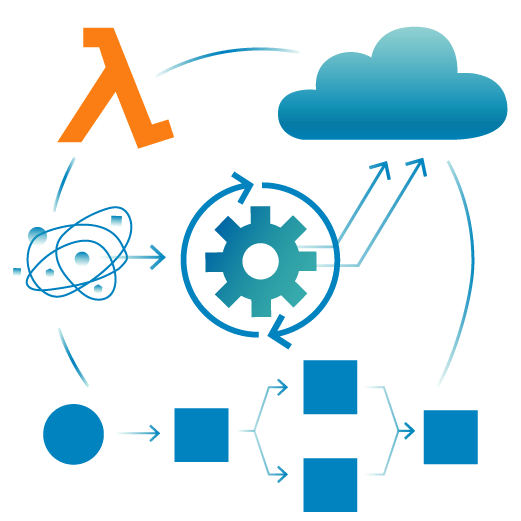copebit helps companies move their applications to the AWS cloud

AWS is a popular choice for companies looking to migrate their existing IT infrastructure to the public cloud. To help organizations with the process, AWS has developed a framework called the Cloud Adoption Framework (CAF), which provides tools and methods to help with the planning and migration techniques for the future move of the applications to the cloud. Over the past few years, copebit has undergone profound training and has successfully completed multiple cloud migrations.
In addition, copebit has access to AWS’s Migration Acceleration Program (MAP). MAP is a comprehensive program designed to facilitate the quick, secure, and efficient migration of existing workloads to Amazon Web Services. This program also offers financial incentives to eligible AWS partners like copebit and its clients to support large-scale cloud migrations. With MAP, copebit and its customers can collaborate to take inventories, create move groups, and carry out the migration of applications and systems to the appropriate services on the AWS platform with professional planning and execution.

Assess
During the assessment phase, copebit takes an inventory of business priorities and applications, maps them to key performance indicators (KPIs), and groups them according to criticality and risk. This phase assesses the readiness of applications for the move to the cloud and produces a business case to fund the migration planning.

Cloud Readiness
Part of the assessment phase is to verify the readiness of the applications for the move to the cloud. Applications are inspected and evaluated for their technical fit, and those that cannot be provisioned with cloud services are excluded and marked for refactoring/replatforming. In addition, the workloads are divided into these categories: retain, rehost, relocate, repurchase, replatform, refactor, and re-architect.

Migration Planning
Depending on the size of the workload that needs to be migrated, copebit establishes sophisticated migration plans that detail all important aspects, such as applications, governance, people, skills, organizational structure, change, and leadership.

Mobilize
The actual technical planning begins in this phase, during which a landing-zone is built with AWS Control Tower, security aspects are designed and built, and a plan is constructed for the joint move of the application groups to the cloud. Furthermore, parts of the architecture will also be built as a proof of concept, which is established to uncover potential issues with the plan, skills, and organization to operate the newly established cloud foundation.

Migration
In this phase, the work of actual migration starts. Application groups are identified and moved together with the data. New applications are designed with a modern application approach and moved straight into the final state.
Existing applications can sometimes be lifted and shifted without much rework (rehost). Suitable applications are containerized and executed on more modern compute layers like ECS or Kubernetes. Data is moved to new file systems, and databases are migrated with DMS to fully managed databases if possible (replatform). New capabilities are introduced that help manage these systems with cloud native tools like AWS Backup, AWS CloudWatch, etc.

Optimize to Cloud Native
At some point, the move to the cloud is complete, and the benefits of the cloud start to help companies move quicker, be more agile, and potentially save considerable costs. But the cloud journey doesn’t end here. Companies can always become more modern by moving more applications to containers or serverless frameworks and integrating more managed services. It is a continuous process that will streamline operations. This enables your company to become even faster in rolling out new features and applications at even lower costs.
